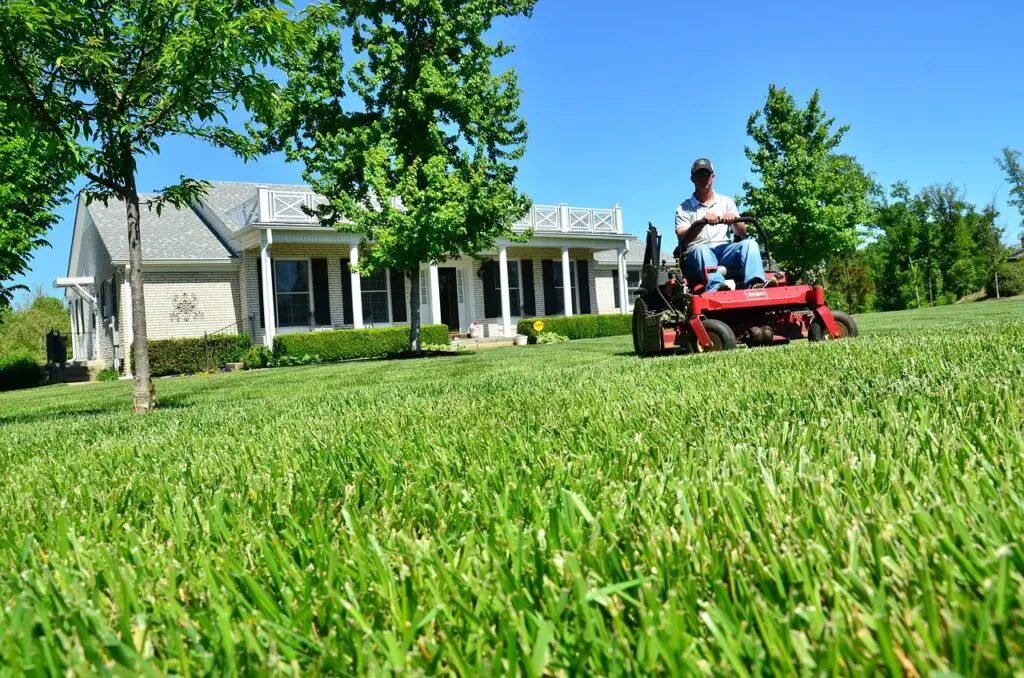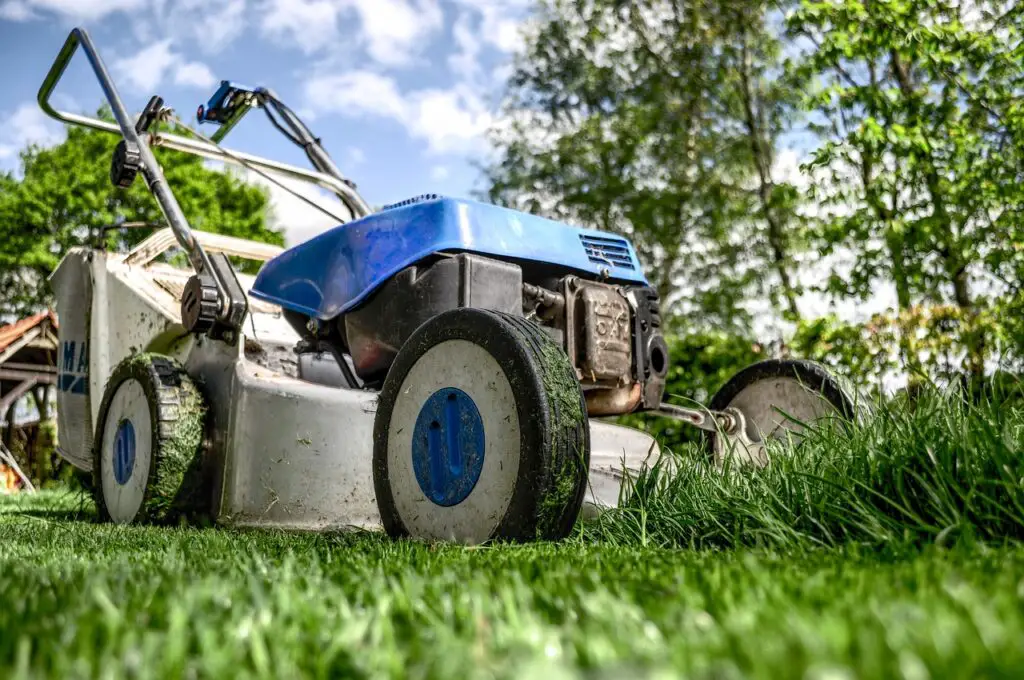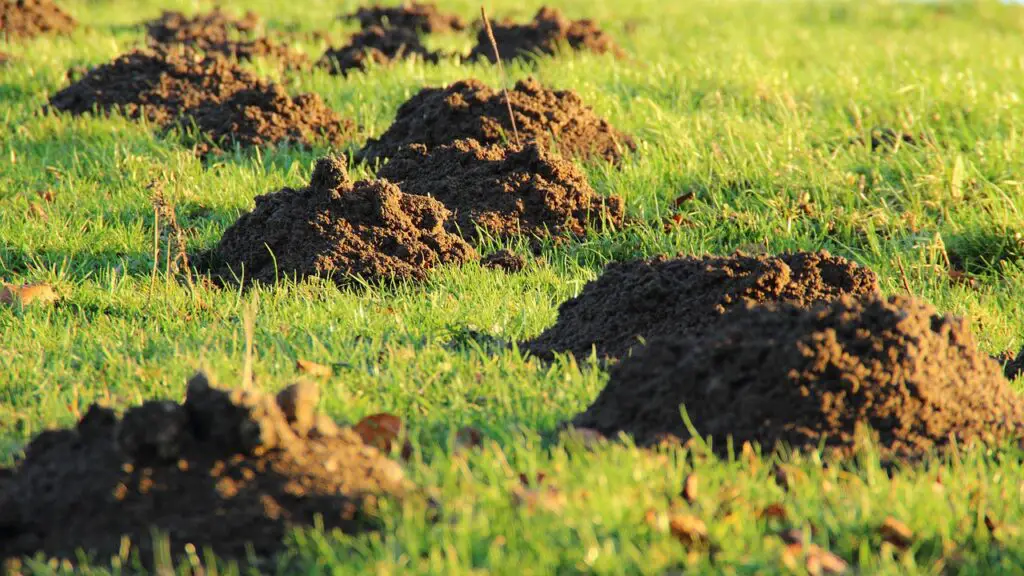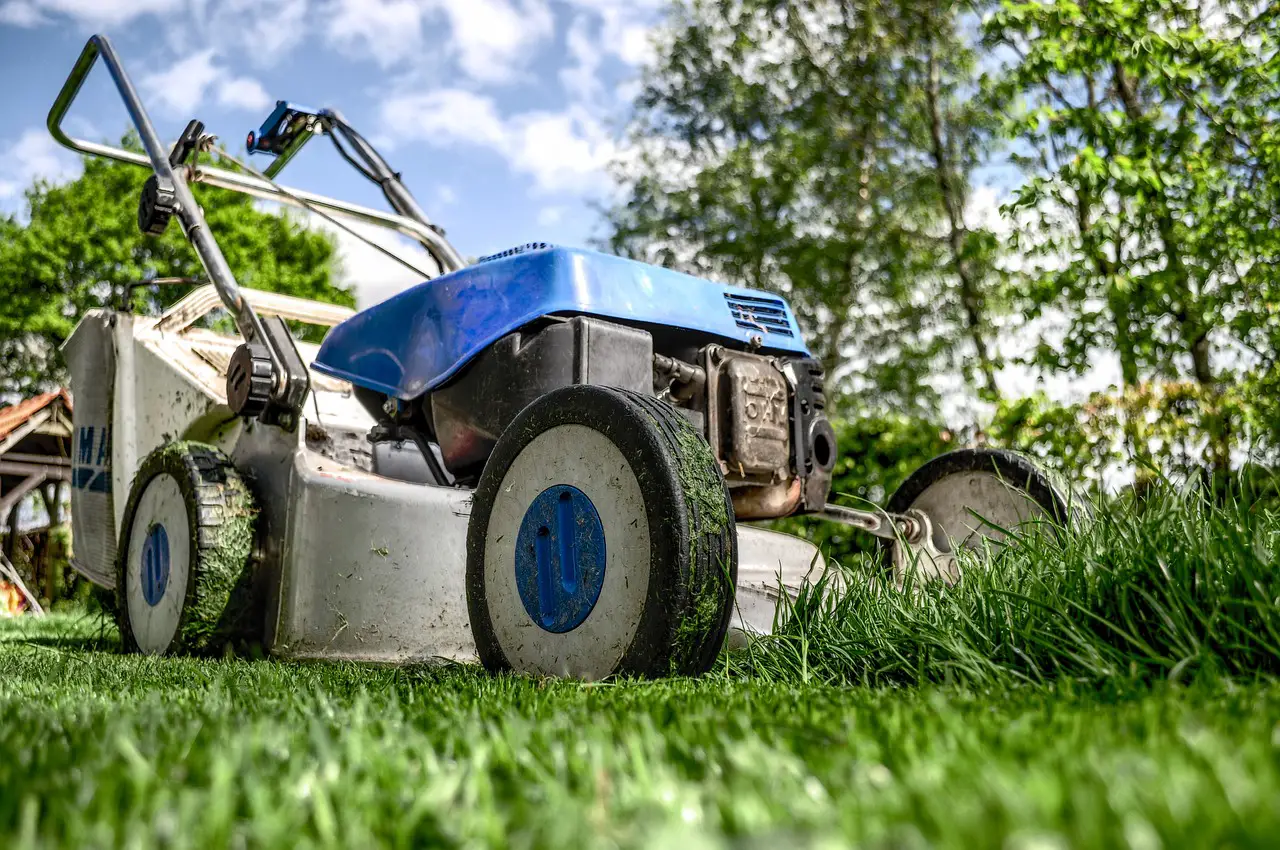Maintaining a lush and healthy lawn requires consistent care and attention. One of the most effective methods of promoting lawn health is overseeding. This process involves spreading grass seed over an existing lawn to improve density, color, and overall health. In this article, we’ll explore the benefits of overseeding and how it can enhance the look and health of your lawn.

How to Overseed Your Lawn
- Mow your lawn short: Before overseeding, it’s important to mow your lawn short. This allows the grass seed to come into contact with the soil, which helps it germinate.
- Aerate your lawn: Aeration involves creating small holes in the soil, which allows the seed to penetrate and germinate. You can use a spike aerator or a core aerator to create the holes.
- Spread the Seed: Spread the seed over the entire lawn, using a seed spreader.
- Water Your Lawn: After overseeding, it’s important to keep the lawn moist until the new grass has had a chance to establish itself. Water the lawn lightly once or twice a day, depending on the weather conditions.
When is the Best Time to Overseed Your Lawn?
The best time to overseed your lawn is in the fall, between August and October. This is because the soil is still warm from the summer, which helps the seed germinate quickly. It’s also a good time because there is less competition from weeds, and the cooler temperatures allow the grass to establish itself before the harsh winter months.
Improves Lawn Density and Color
Overseeding can help to improve the density of your lawn, making it look fuller and more vibrant. Over time, grass can become thin and patchy due to factors such as foot traffic, disease, or drought. By adding new grass seed to the existing lawn, you can thicken up the lawn and fill in any bare spots. Additionally, overseeding can improve the color of your lawn by introducing new varieties of grass that may be more resistant to disease or more suitable for your climate.
Enhances Lawn Health
Overseeding is an effective method of enhancing the health of your lawn. As new grass seed germinates and grows, it creates a stronger root system that can better withstand environmental stressors such as heat, drought, or disease. Additionally, by introducing new grass varieties to your lawn, you can increase its resistance to disease and pests, which can help to reduce the need for chemical treatments.

Reduces Soil Erosion
Overseeding can also help to reduce soil erosion, particularly on sloped or uneven terrain. The new grass seed helps to anchor the soil in place, preventing it from washing away during heavy rain or wind. This can be especially beneficial for areas that are prone to erosion, as it can help to prevent costly damage to your lawn and landscape.
Saves Money
By overseeding your lawn, you can potentially save money on lawn care in the long run. A thick and healthy lawn is more resistant to disease and pests, which means you may not need to spend as much on chemical treatments. Additionally, a well-maintained lawn can increase your property value, which can be beneficial if you’re planning to sell your home in the future.
Frequently Asked Questions:
Q: Can you overseed in the spring? A: While it’s possible to overseed in the spring, the best time to overseed is in the fall.
Q: How long does it take for overseeding to work? A: It can take anywhere from two to four weeks for the new grass to germinate and establish itself.
Q: Can you walk on a lawn that has been overseeded? A: It’s best to avoid walking on a lawn that has been overseeded until the new grass has established itself, which can take several weeks.

In conclusion, overseeding is a simple and effective way to improve the overall health and appearance of your lawn. By following the proper steps and timing, you can enjoy a lush, green lawn that enhances the beauty of your home.

